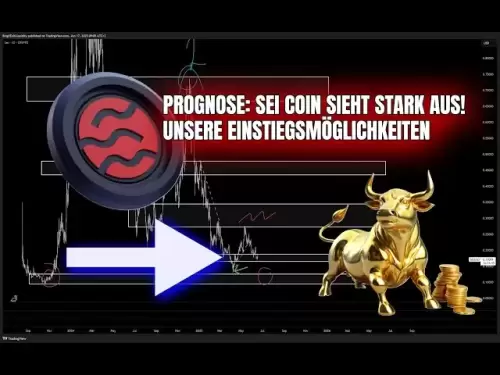-
 Bitcoin
Bitcoin $117,784.8122
6.03% -
 Ethereum
Ethereum $2,985.4492
7.49% -
 Tether USDt
Tether USDt $1.0002
-0.01% -
 XRP
XRP $2.6273
7.19% -
 BNB
BNB $688.8144
2.80% -
 Solana
Solana $164.1797
4.18% -
 USDC
USDC $0.9999
-0.01% -
 Dogecoin
Dogecoin $0.1989
10.08% -
 TRON
TRON $0.2961
2.12% -
 Cardano
Cardano $0.7259
15.27% -
 Hyperliquid
Hyperliquid $45.6326
10.22% -
 Sui
Sui $3.5222
9.17% -
 Chainlink
Chainlink $15.4621
7.77% -
 Bitcoin Cash
Bitcoin Cash $523.2404
1.57% -
 Stellar
Stellar $0.3163
8.13% -
 Avalanche
Avalanche $21.0098
7.48% -
 Hedera
Hedera $0.2044
14.78% -
 UNUS SED LEO
UNUS SED LEO $8.9812
0.11% -
 Shiba Inu
Shiba Inu $0.0...01346
7.75% -
 Toncoin
Toncoin $2.9763
3.02% -
 Litecoin
Litecoin $95.6221
5.22% -
 Polkadot
Polkadot $3.9508
7.50% -
 Monero
Monero $326.6734
1.59% -
 Uniswap
Uniswap $8.9185
8.19% -
 Dai
Dai $0.9999
-0.02% -
 Pepe
Pepe $0.0...01271
14.28% -
 Ethena USDe
Ethena USDe $1.0006
-0.03% -
 Bitget Token
Bitget Token $4.5228
2.14% -
 Aave
Aave $314.1302
6.41% -
 Pi
Pi $0.4909
0.64%
How to use technical indicators on a logarithmic scale Bitcoin chart?
A logarithmic scale on Bitcoin charts helps visualize percentage changes uniformly, offering a clearer view of long-term trends and volatility.
Jul 10, 2025 at 05:14 pm
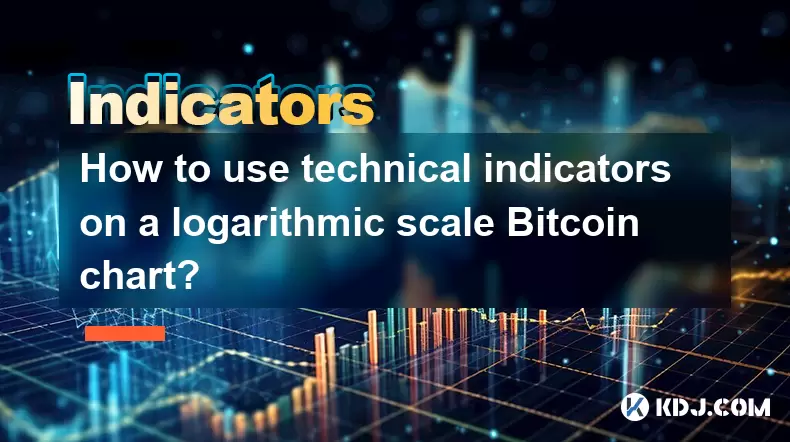
Understanding the Basics of Logarithmic Scale in Bitcoin Charts
When analyzing Bitcoin price movements, many traders and investors choose between linear and logarithmic scales for their charts. A logarithmic scale is particularly useful when examining long-term trends, as it displays percentage changes equally across different price levels. This means that a 100% increase from $10,000 to $20,000 appears visually the same as a 100% increase from $50,000 to $100,000.
In contrast, a linear chart shows absolute values, which can make earlier price moves appear insignificant compared to later ones, especially during bull runs. For Bitcoin, which has seen exponential growth over time, using a logarithmic scale helps provide a more balanced view of historical volatility and support/resistance zones.
Important Note:
Technical indicators behave differently on a logarithmic scale because the spacing between data points isn’t uniform. This affects how moving averages, Bollinger Bands, RSI, and MACD are interpreted.Selecting the Right Charting Platforms for Logarithmic Analysis
Not all trading platforms or charting tools support logarithmic scales seamlessly with technical indicators. To properly analyze Bitcoin charts using log scaling, you need to use platforms like TradingView, CoinMarketCap, Binance Trading Platform, or CryptoCompare. These platforms allow users to toggle between linear and logarithmic views without distorting the visual integrity of overlays such as moving averages or volume profiles.
Here’s how to switch to a logarithmic scale on popular platforms:
- TradingView: Click the "Settings" icon (gear symbol) → Under "Scale", select "Log".
- Binance: Open the chart → Click on the settings icon (three dots) → Choose "Log Scale".
Once activated, ensure that your technical indicators remain visible and adjust accordingly to the new scale. Some indicators might look compressed or stretched depending on the time frame and volatility phase of Bitcoin.
Applying Moving Averages on a Logarithmic Bitcoin Chart
Moving averages like SMA (Simple Moving Average) or EMA (Exponential Moving Average) are commonly used to identify trend direction and potential reversal points. On a logarithmic chart, these indicators still work effectively but must be interpreted with caution due to the altered perception of distance between prices.
For example:
- A 50-day EMA crossing above a 200-day EMA (a classic bullish signal known as the Golden Cross) will still occur, but its appearance may differ visually.
- In a logarithmic chart, the EMA lines tend to follow the curve of the price action more closely, especially during strong uptrends or downtrends.
To get accurate signals:
- Always combine moving averages with other forms of analysis such as volume, candlestick patterns, or oscillators.
- Avoid relying solely on crossovers without confirming them through additional metrics.
Tip:
Use multiple EMAs (e.g., 9, 21, 55) together on a logarithmic Bitcoin chart to better understand momentum shifts.Interpreting Oscillators Like RSI and MACD on Log Scales
Oscillators such as RSI (Relative Strength Index) and MACD (Moving Average Convergence Divergence) help traders identify overbought or oversold conditions and momentum shifts. When applied to a logarithmic chart, these indicators maintain their core functionality, but the interpretation may vary slightly due to the non-linear nature of the scale.
Consider the following:
- RSI readings should still be viewed relative to thresholds (e.g., above 70 = overbought, below 30 = oversold), but on a logarithmic Bitcoin chart, divergence patterns might appear less pronounced or take longer to form.
- MACD histograms and signal line crossovers retain their significance, though visual compression may affect how quickly a histogram bar grows or shrinks.
Some traders prefer to use normalized versions of these indicators when working on logarithmic charts to account for the scale distortion.
Best Practice:
Combine RSI or MACD with Fibonacci retracement levels drawn on a logarithmic chart to enhance accuracy in identifying key support and resistance areas.Using Bollinger Bands and Volume Indicators Effectively
Bollinger Bands, which consist of a moving average and two standard deviation bands, are often used to gauge volatility and potential breakout points. On a logarithmic Bitcoin chart, these bands adapt well but may appear tighter around higher price levels due to the scale's compounding nature.
Key observations:
- During high volatility phases, the upper and lower bands widen more significantly on a logarithmic scale, reflecting larger percentage swings.
- Price touching or breaking out of the bands can indicate extreme conditions, especially when combined with volume surges.
Volume indicators like OBV (On-Balance Volume) or Volume Weighted Average Price (VWAP) also function normally on a logarithmic chart, though traders should be cautious about interpreting sudden spikes as false signals if not confirmed by price action.
Pro Tip:
Overlay volume profiles on a logarithmic Bitcoin chart to spot accumulation/distribution zones that align with historical price levels.Frequently Asked Questions
Q: Why does my moving average look curved on a logarithmic Bitcoin chart?
A: On a logarithmic scale, the vertical axis represents percentage change rather than absolute value. As a result, moving averages naturally follow the curvature of price movement, especially during strong trends.
Q: Can I use Fibonacci retracements on a logarithmic scale?
A: Yes, Fibonacci retracement levels work effectively on logarithmic charts, especially when analyzing long-term cycles in Bitcoin. However, ensure that your charting tool supports this feature under log scale settings.
Q: Are candlestick patterns affected by logarithmic scaling?
A: Candlestick patterns themselves aren't distorted by logarithmic scaling, but the visual context may change. Patterns like engulfing candles or dojis may appear smaller or larger depending on the price level and chart zoom level.
Q: Should I always trade using a logarithmic scale for Bitcoin?
A: It depends on your trading strategy and time horizon. Short-term traders may find linear charts more intuitive, while long-term investors benefit from the proportional representation offered by logarithmic Bitcoin charts.
Disclaimer:info@kdj.com
The information provided is not trading advice. kdj.com does not assume any responsibility for any investments made based on the information provided in this article. Cryptocurrencies are highly volatile and it is highly recommended that you invest with caution after thorough research!
If you believe that the content used on this website infringes your copyright, please contact us immediately (info@kdj.com) and we will delete it promptly.
- SEI Price Exploded? Decoding the Recent Surge and What's Next
- 2025-07-11 16:50:12
- Redstone Bridges, Native Token, Solana Integration: A Web3 Evolution
- 2025-07-11 16:55:12
- BNB's Resistance Test: Will the Token Burn Ignite a Breakout?
- 2025-07-11 17:10:13
- Bitcoin's Wild Ride: Rally, Surge, and Meme Coin Mania!
- 2025-07-11 14:50:12
- BlockDAG, KAS, Pi Network: Decoding the Hype and Headlines
- 2025-07-11 15:10:12
- Binance's Sharia Earn: Halal Staking Revolutionizes Crypto Investments
- 2025-07-11 15:15:12
Related knowledge
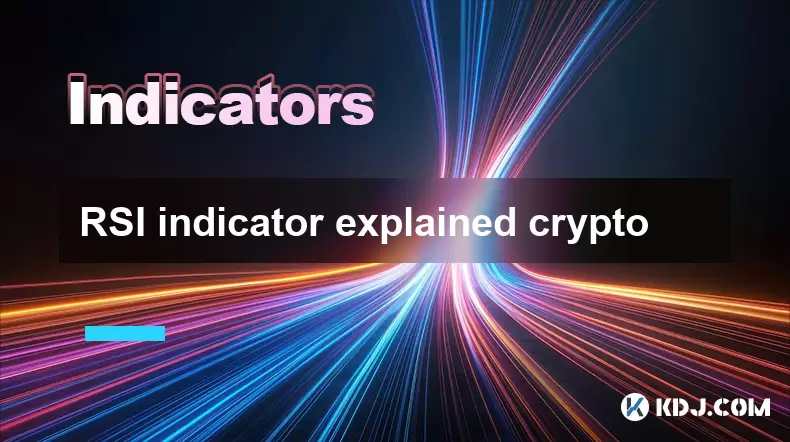
RSI indicator explained crypto
Jul 11,2025 at 03:28pm
Understanding the RSI Indicator in Cryptocurrency TradingThe Relative Strength Index (RSI) is a momentum oscillator commonly used by cryptocurrency tr...
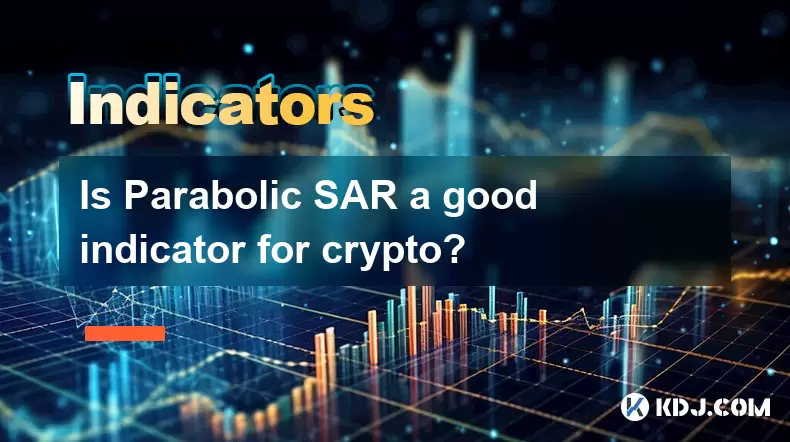
Is Parabolic SAR a good indicator for crypto?
Jul 11,2025 at 02:15pm
Understanding the Parabolic SAR IndicatorThe Parabolic SAR (Stop and Reverse) is a technical analysis tool developed by J. Welles Wilder, primarily us...
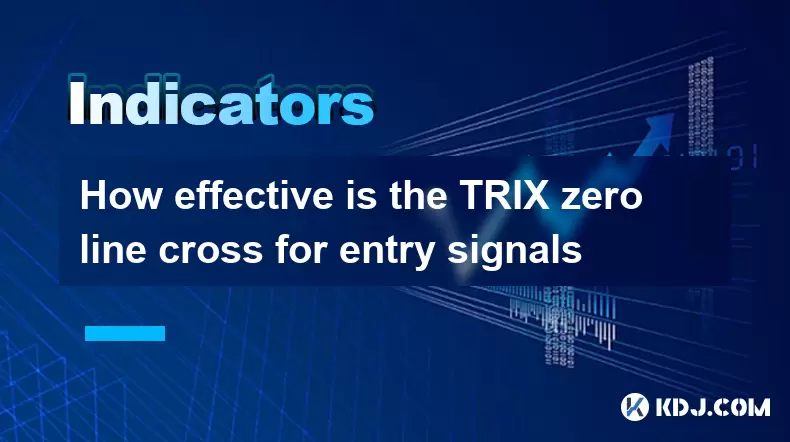
How effective is the TRIX zero line cross for entry signals
Jul 11,2025 at 02:28pm
Understanding the TRIX Indicator and Its Role in Cryptocurrency TradingThe TRIX (Triple Exponential Average) is a momentum oscillator widely used in t...
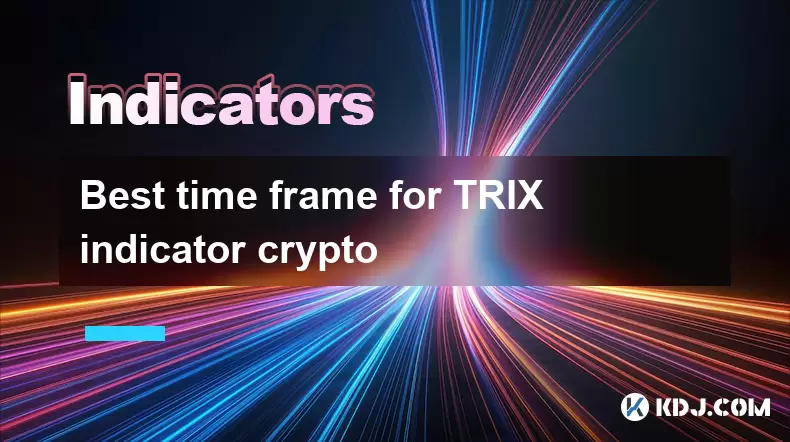
Best time frame for TRIX indicator crypto
Jul 11,2025 at 04:21pm
Understanding the TRIX Indicator in Cryptocurrency TradingThe TRIX indicator, short for Triple Exponential Average, is a momentum oscillator commonly ...
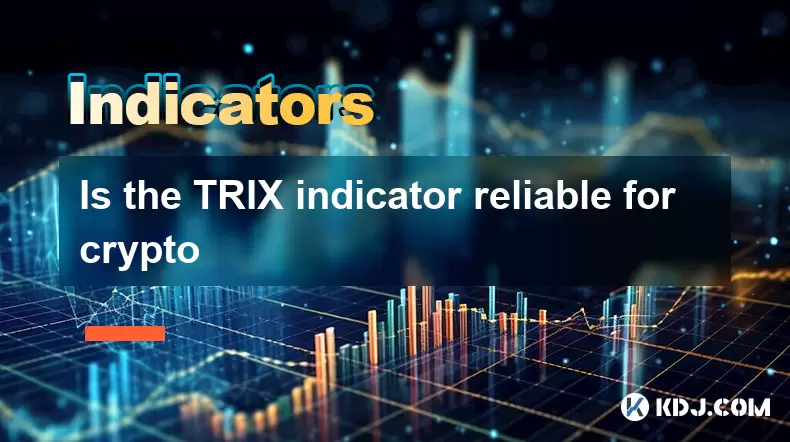
Is the TRIX indicator reliable for crypto
Jul 11,2025 at 01:00pm
Understanding the TRIX Indicator in Cryptocurrency TradingThe TRIX indicator, short for Triple Exponential Average, is a momentum oscillator primarily...
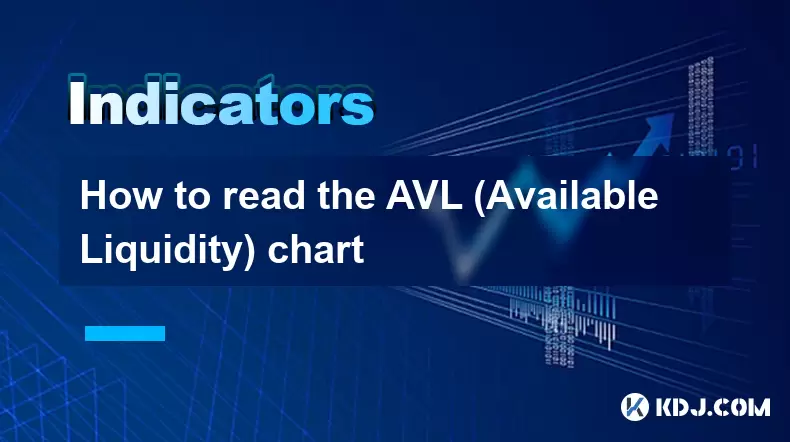
How to read the AVL (Available Liquidity) chart
Jul 11,2025 at 04:49pm
Understanding the Basics of AVL in Cryptocurrency TradingThe AVL (Available Liquidity) chart is a critical tool for traders navigating the volatile cr...

RSI indicator explained crypto
Jul 11,2025 at 03:28pm
Understanding the RSI Indicator in Cryptocurrency TradingThe Relative Strength Index (RSI) is a momentum oscillator commonly used by cryptocurrency tr...

Is Parabolic SAR a good indicator for crypto?
Jul 11,2025 at 02:15pm
Understanding the Parabolic SAR IndicatorThe Parabolic SAR (Stop and Reverse) is a technical analysis tool developed by J. Welles Wilder, primarily us...

How effective is the TRIX zero line cross for entry signals
Jul 11,2025 at 02:28pm
Understanding the TRIX Indicator and Its Role in Cryptocurrency TradingThe TRIX (Triple Exponential Average) is a momentum oscillator widely used in t...

Best time frame for TRIX indicator crypto
Jul 11,2025 at 04:21pm
Understanding the TRIX Indicator in Cryptocurrency TradingThe TRIX indicator, short for Triple Exponential Average, is a momentum oscillator commonly ...

Is the TRIX indicator reliable for crypto
Jul 11,2025 at 01:00pm
Understanding the TRIX Indicator in Cryptocurrency TradingThe TRIX indicator, short for Triple Exponential Average, is a momentum oscillator primarily...

How to read the AVL (Available Liquidity) chart
Jul 11,2025 at 04:49pm
Understanding the Basics of AVL in Cryptocurrency TradingThe AVL (Available Liquidity) chart is a critical tool for traders navigating the volatile cr...
See all articles


























